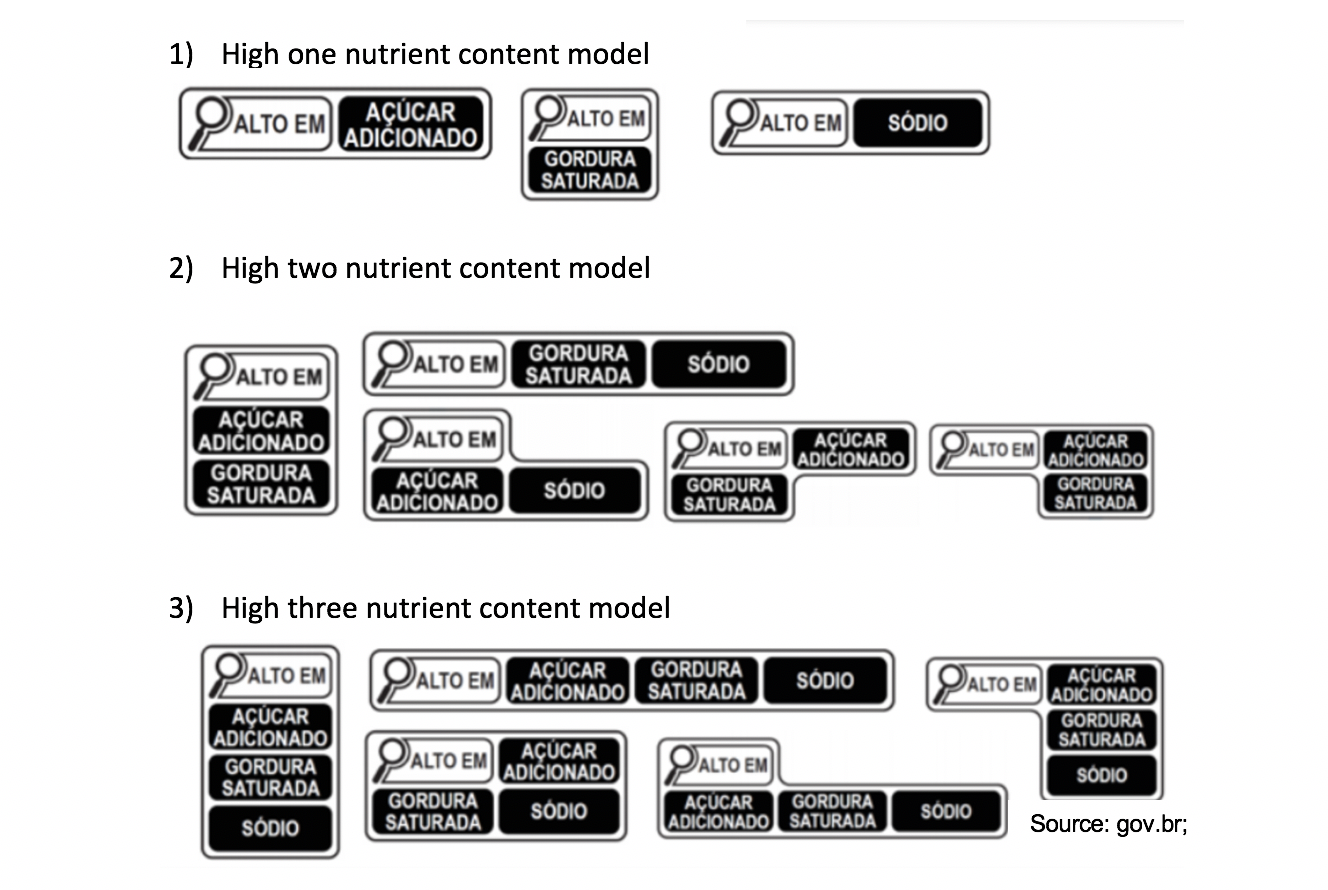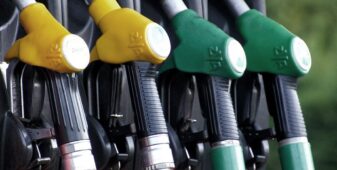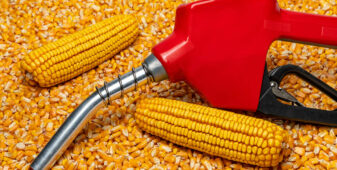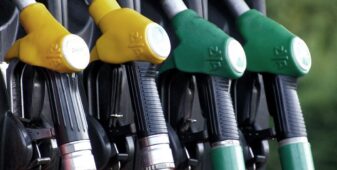Main points
- A new labeling standard will come into effect in October 2022 to help consumers make more informed choices.
- A symbol will be applied on the front of processed foods label informing a high content of added sugars, saturated fats ,and sodium
- The new labeling is just the first step towards the changes promoted by Anvisa.
The norm on nutrition labeling in Brazil
- In October 2022, the new standard approved by Anvisa (10/07/2020) on the nutritional labeling of packaged foods will come into effect.
- The aim is to help consumers make more conscious food choices by showing clearly and simply the content of nutrients relevant to health.
- The frontal nutritional labeling is the biggest novelty of the norm.
- A magnifying glass design was developed to identify the high content of three nutrients: added sugars, saturated fats, and sodium.
- This newly defined labeling model has similarities to those adopted by countries such as Canada, Uruguay, and Chile.
- The symbol should be applied on the front of the product for greater prominence, making it easier for the consumer to view the information.

There will also be significant changes to the Nutritional information table
- The nutritional table will also undergo changes to help consumers compare products.
- Only tables with black letters and a white background will be allowed in order to reduce the possibility of using contracts that interfere with the readability of the information.
- In addition, the identification of total and additional sugars, the declaration of energy and nutritional value per 100 g or 100 ml will be mandatory.
Food transition
- Brazil and several countries in the world are experiencing food transition processes.
- This transition is characterized by an increase in the consumption of processed foods with low nutritional quality and high energy value, in addition to a decrease in fresh food intake and a reduction in physical activity rates.
- The new labeling is a first wave of changes.
- It is expected that in a few years, the government and industry will meet again to see progress and set new goals for reducing sugar consumption.








